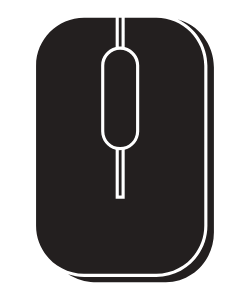
Urban areas around the globe are embracing the newest developments in modern technology by becoming smart cities. These cities integrate sensors and actuators and link them together to collect data. We were intrigued when we first learned about smart cities, so we began doing our own research to discover additional details and we wanted to share this information with others. When you read these articles you'll learn how smart city technology uses the data that's gathered to monitor energy usage in homes and buildings to analyze their energy efficiency. You'll also find out about smart transportation, which entails installing cameras in traffic lights to monitor the flow of traffic. We hope that when you read these and other articles on this site you'll gain a better understanding of smart city technology.
One way to gain a competitive edge over other businesses in your industry is by investing in NAICS consul
In today's fast-paced digital world, businesses rely heavily on technology to run their operations. From
The use of technology has become an integral part of running a business. It helps streamline day-to-day o
The function of heating, ventilation, and air conditioning (HVAC) in residential settings is vital. HVAC
Regardless of what type of company you're interested in starting, you'll need to set up a network for dev
Data acquisition machines test and sample sound waves. These sound waves may be acquired from anything from heartbeats to rock concert amplifiers. It just depends what you are testing for and what you need the sound wave sample for. That said, you should consider using a data acquisition anti-alias filter every time. Here are three reasons why.
Avoid False Frequency Measures
False frequency measures occur when a higher frequency gets in the way of an accurate measurement of the signal and sourcing the signal. As a result, the high frequency causes the measurement of the signal to be lower than the true signal and its frequency. Your sound wave data becomes skewed, and therefore invalid for any research purposes. Using the anti-aliasing filter removes the higher-frequency aliasing waves to give you the more accurate signal and wave measurements.
Measure Frequencies of More Complex, Non-Sine Waves Accurately
The more complex the wave, the higher the probability of a false measurement. This is especially true of any complex wave sample that does not contain sine waves. If you want to measure these kinds of waves, you have to have the most accurate means of measurement possible while filtering out frequencies that can negatively impact your sample and the measurement data. The only way to navigate these waves and get accurate measurements is to use the anti-aliasing filter.
Aliased Data Is Rarely the Goal
If you leave all filters out of your data acquisition machine, you will end up with a lot of aliased data. While this is interesting to see in terms of seeing what aliased data looks like and what its measurements look like, aliased data is rarely the goal of most researchers. It may be used as a baseline at the start of the research and acquired data, but it is ultimately not the data you want to keep because of the numerous inaccuracies of measurement.
Purchasing Filters
Anti-aliasing filters can be purchased as single units or in packs of two or three. Usually, you will not need more than one filter at any one time. The cost of the filters vary according to the data acquisition machine you are using. Make sure the filter or filters you purchase match the machine you are using and that the filters are compatible with the machines based on the age and model of the machine. It does not help to get filters that are not completely compatible.
Share